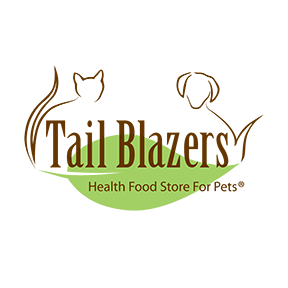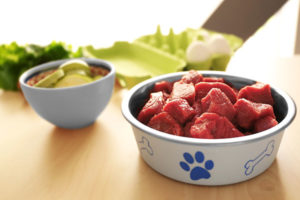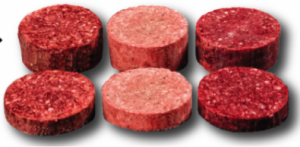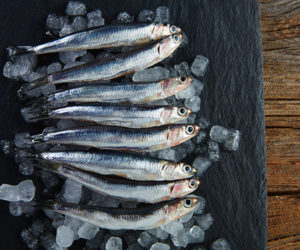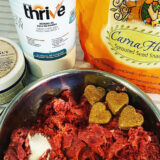5 things to look for when shopping for a species-appropriate pet food

A look at species-appropriate pet food and what to search for when selecting a brand for your dog or cat!
By Animal Wellness
If you’re a natural-minded pet parent, you’ve probably heard the term “species-appropriate”. But what exactly constitutes a species-appropriate pet food, and how do you know if you’re choosing the right one for your fur babe?
What are species appropriate foods?
Simply put, a species-appropriate pet food is a food your dog or cat’s body is designed to eat. This type of diet contains high amounts of meat and other ingredients that companion animals can easily digest and utilize. It’s the healthiest food for your pet!
If our pets are to reach their genetic potential in terms of health, longevity, physical activity and reproduction, the food they eat must closely mimic what their ancestors ate. The further an animal’s diet departs from its evolutionary diet, the more health problems that animal is likely to develop.
Raw food – more than just a trend
The most species-appropriate pet food available is raw food. Raw diets for dogs and cats have become increasingly popular over the past decade, and it’s no wonder! Some of the benefits of raw diets include:
- Improved digestion
- Shinier coats
- Healthier skin
- Increased energy
- Smaller stools
Cooked food requires more of the animal’s energy to digest. Heat processing also destroys beneficial nutrients such as enzymes and antioxidants, which are important for good health. An animal’s body has a limited supply of enzymes, which must be supplied through food in order for an animal to thrive. These enzymes and other nutrients can be supplied by feeding a raw diet which aids in digestion and a healthy immune system.
What to look for in a species-appropriate pet food
Ready to switch your dog or cat to a species-appropriate diet? Here are five things to look for when choosing a brand you can trust!
- Transparency – Find a company that publicly publishes where they source their ingredients, as well as a breakdown of the nutritional content of their food and third-party testing results.
- Meat as the first ingredient –Check the label! A species-appropriate diet will have muscle meat or poultry listed as the first ingredient. Ideally, the first 3–5 ingredients in a dry food should be meat, such as meat meals, whole cuts, freeze dried meat or organs, and should be identified by species.
- Ingredient quality – Although it’s not a requirement for species-appropriate pet foods to boast the following, it can’t hurt to look for brands that are human-grade, hormone and antibiotic free. Ingredients should not include grain, corn, preservatives, additives, coloring or flavoring.
- Whole food ingredients – Look for a species-appropriate pet food that includes whole foods such as fruits and vegetables for trace minerals and vitamins, and other non-processed ingredients in their whole form.
- Variety – If you can, select a product line that includes various recipe options for dogs and cats. This makes it easier to rotate their protein, providing a wider range of nutrients and variation in your pet’s diet.
Ready to feed your dog or cat a species-appropriate pet food? Learn more and start shopping at tailblazerspets.com!
